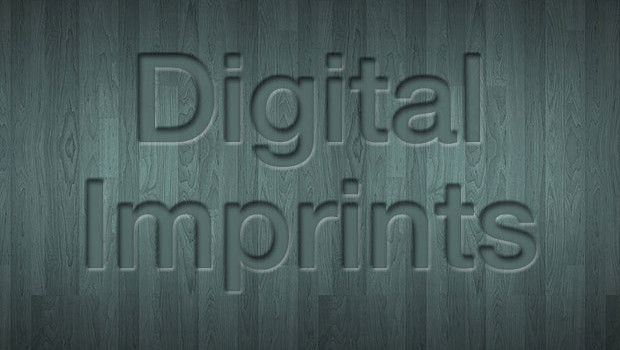Digital imprints come to the front
It is a sign of how far e-books has come that publishers large and small are rushing to set up major imprints for digital-first publishing. The latest is HarperCollins with HarperTrue, a list focusing on real-life stories that will launch in March.
It seems like a perfect fit for e-publishing. HarperTrue’s books will be short, at around 20,000 words; and cheap, at about a pound each. They will be well suited for their target market of female readers, many of whom have been quick to take to e-readers. A nice touch is that new titles will be published on Fridays, in time to download for a quick weekend read. It should do very well.
As HarperCollins’ Carole Tonkinson has pointed out, digital technology has freed up publishing to do this sort of innovating. It has provided a whole new way of reaching readers, especially those who might not have the time or money to visit a bookshop for a full-price paperback. This is also a much quicker way to assemble an imprint, which is good news for publishers and authors, who no longer have to wait months while a book is laid out, printed and shipped. It is fast, responsive publishing.
Plenty of other groups have launched digital-first lists. Little, Brown has Blackfriars, Bloomsbury has Reader and Spark, Piatkus has Entice, Harlequin has Carina and the Guardian has GuardianShorts. Over in the US, a host more digital imprints has included Alibi, Hydra and Flirt from Random House.
What all these imprints have in common is a very distinct identity. HarperTrue is focusing squarely on reality non-fiction, while Blackfriars has been set aside for serious literary writing. Entice and Carna are for romantic fiction, and Spark is for young adults. This sense of personality will help publishers to build communities around their subjects and encourage brand loyalty, with people returning for more and more books in the genres they like. Many of the imprints already have dedicated websites from which they can reach readers direct without any middlemen. Get the D2C strategy and technology right—and Firsty can help with solutions here—and this is a great way to sell books.
It will be interesting to see how imprints like HarperTrue rub up against print lists. Will they reduce physical sales, as people start to get all their reading here? Or will they actually increase them, by tempting people to read even more, in print as well as on their Kindles and Nooks?
What they will certainly do is allow publishers to publish more books and take more risks. Titles that they might not want to commit tens of thousands of pounds to can now be published quickly and cheaply. If they fly, there is no reason why they can’t be followed up with a more traditional print version.
But what does it all mean for authors? So far they seem rather split on the idea of writing for digital-first imprints. Some have been vocally unhappy about it, arguing that they are not getting any advances or good enough royalty rates. Some author groups have gone so far as to warn their members off the lists. But many other writers have been delighted at the opportunity to publish digital-first, and see it as a smart alternative to other routes like self-publishing. Authors who might otherwise have been tempted to go it alone digitally can now get the prestige and support of a ‘proper’ publisher.
Big publishers have found that e-imprints like these are a good way to fight back against the new army of self-publishing platforms. And they argue that authors are still getting a good deal, with royalty rates comparable to standard combined print and e-deals. They also point out that although it may be a cheaper gamble, publishers are still taking all the risk with a book. In broad terms authors still have much the same deal: sell lots and earn lots, or sell nothing and earn nothing.
Whether authors like it or not, the number of digital-first or digital-only imprints is only going to increase, and more big publishers are working them up right now. For smaller publishers in particular, this may even one day become the publishing norm. Start-ups are beginning to emerge that will operate only in digital, and they have realised that publishing in this way can be faster, cheaper and more profitable—not to mention a great leveller. So long as they have good D2C platforms and put a lot of effort into their marketing, there is no reason why tiny publishers cannot reach as many people as big ones.
As is often the case in digital developments, the biggest winners of all are readers. They have never had more choice of books, nor more different ways to enjoy them. Digital reading is here to stay—and so are digital imprints.

